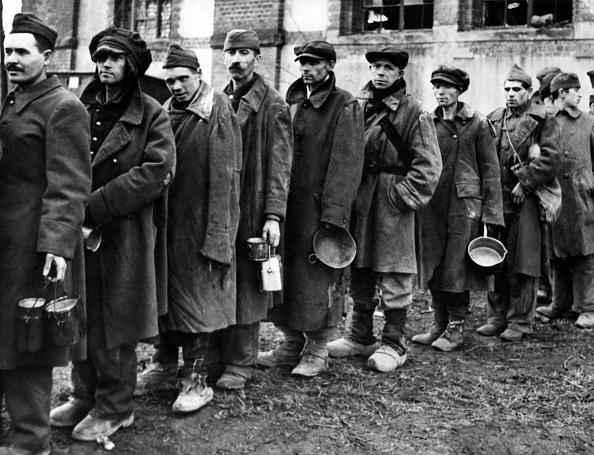There is no shortage of books on World War II, due primarily to the fact that there is no shortage of great World War II stories. The story of Harold Frank is one of those great stories.
Mark Hager’s book “The Last of the 357th Infantry: Harold Frank’s WWII Story of Faith and Courage” is a thorough biography of the common man turned hero. In the author’s foreword, he makes clear his intention of discussing Frank’s childhood. This was a wise decision as including Frank’s upbringing weaves seamlessly into the theme of Frank’s story. As Hager wrote, “Enduring hardships, an intense work ethic, family support, and the love of God shaped him to be a combat soldier and the man he is today.”






